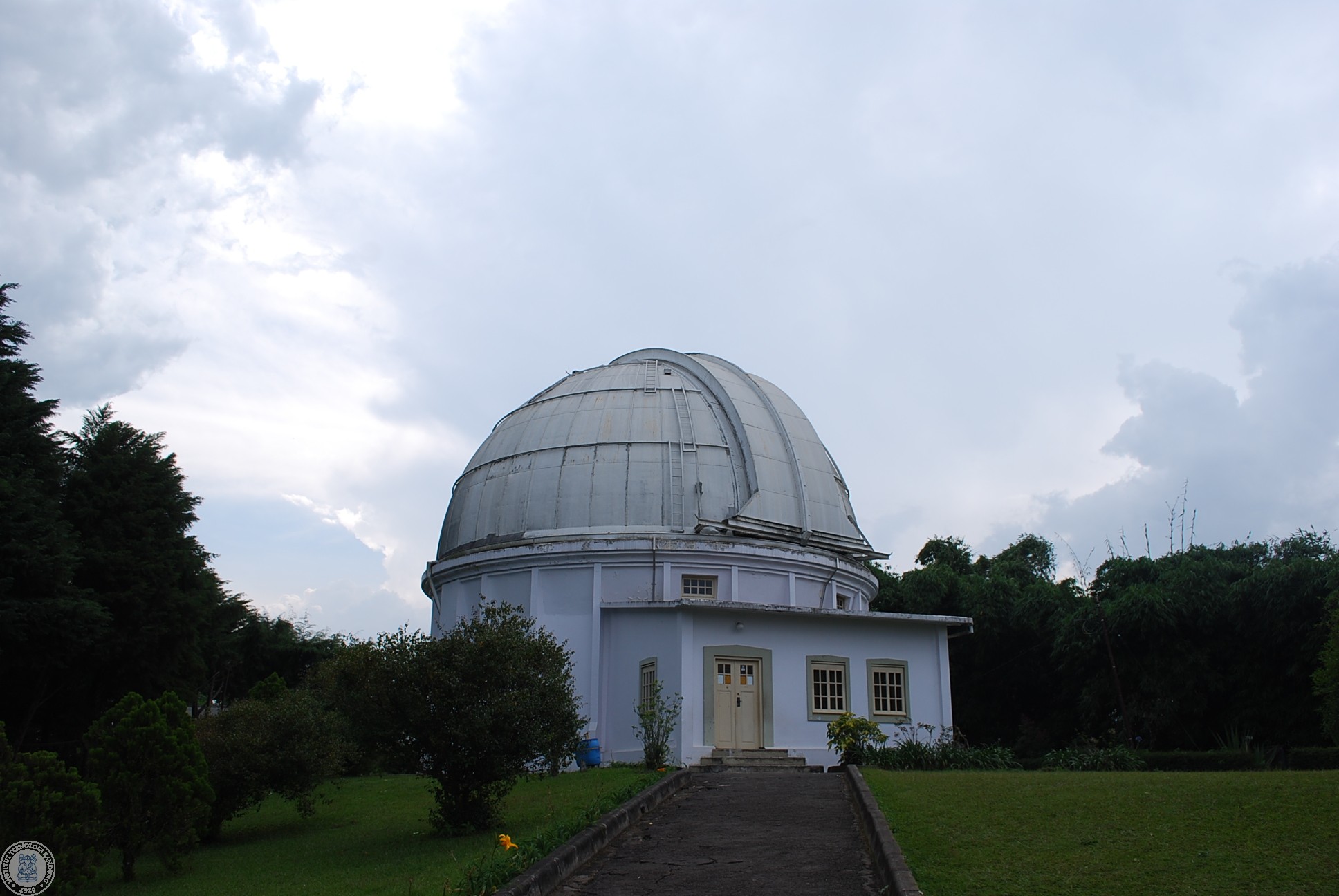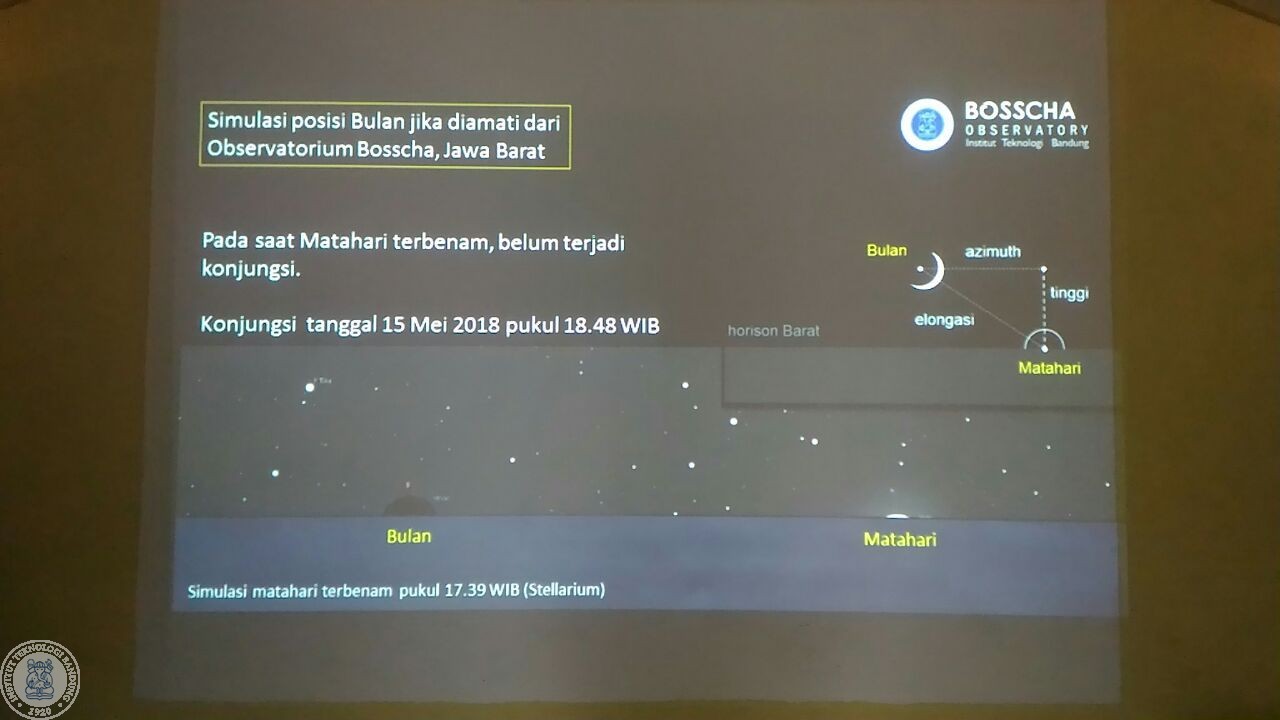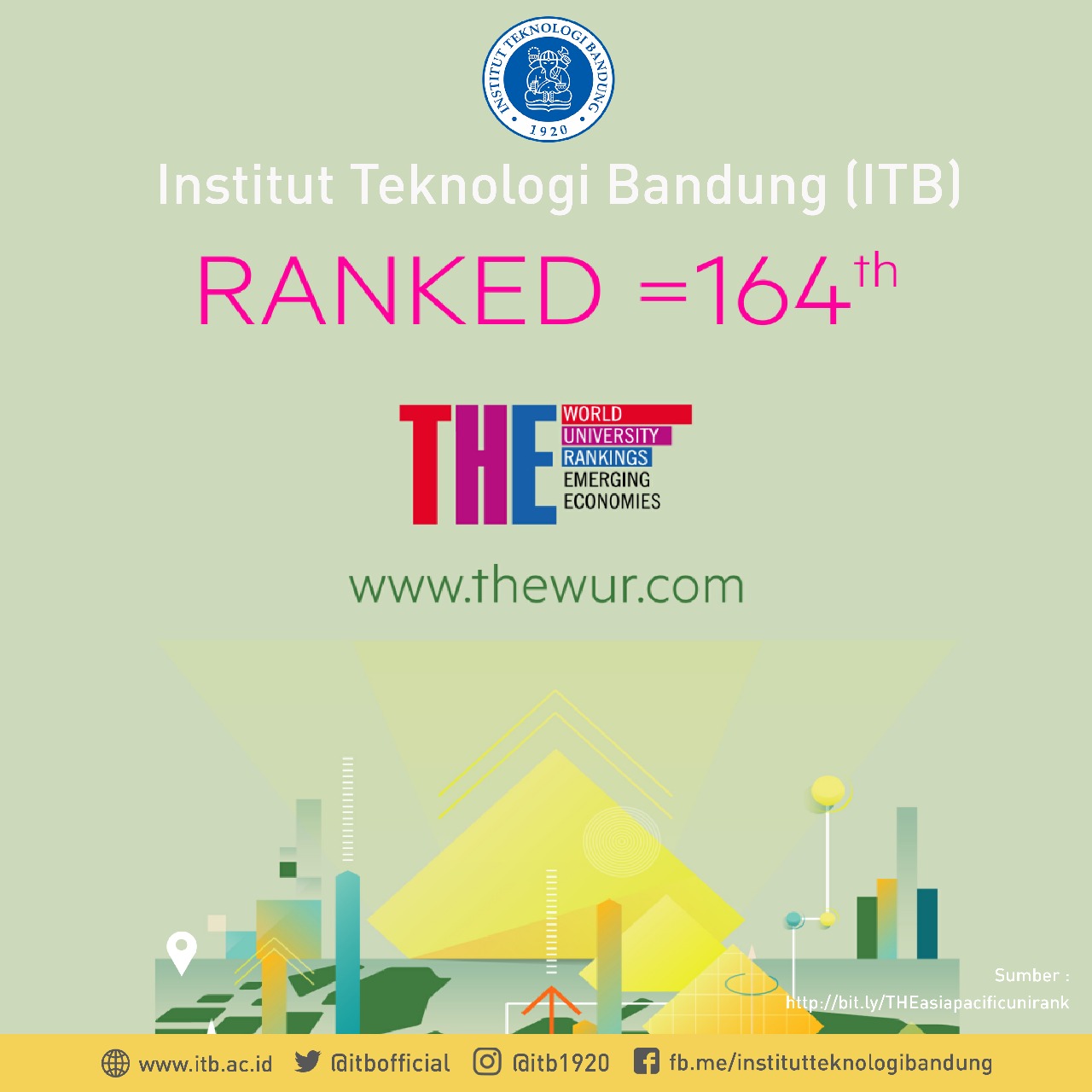Determining the Beginning of Ramadan, Bosscha Observatory Observed the ‘Hilal’
By Ahmad Fadil
Editor Ahmad Fadil

BANDUNG, itb.ac.id – Bosscha observatory observes early crescent moon every month. This time, on 15th May 2018, the crescent moon will mark the shift from Sha’ban to Ramadan on Islamic Hijri calendar 1439 H.
Hijri calendar refer to the cycle of moon phase. The order of moon phase is used to mark the time and period in lunar calendar (crescent moon as the beginning and end of every month and full moon as the mid). A month in lunar calendar is determined by one cycle of the moon revolving around the earth, which is 29.35 days in average (called Synodic period).
Hilal is the first phase of the moon that appear as crescent moon. However, crescent moon also marks the end of every month. Therefore, in order to differentiate between each crescent moon, another phenomenon should be included into count. The phenomenon is known as conjunction. 
Conjunction happens when the moon and the sun are in the same ecliptic longitude. This happens on every shift between current month and new month. A month is called new in Hijri calendar if the conjunction happens before sunset. If we can see the moon when conjunction has not happened, the moon belongs to the current month. “What determine Hilal or the beginning of new month are, first, it has to happen after conjunction, and second, it should be observable after the sun set. That means, conjunction has to happen before sunset.” said a Bosscha Researcher, Agus Triono. When conjunction happens, light looks dimmer, “If in full moon 10.000 parts are visible, now only 17 parts out of 10.000 are visible when conjunction (happens).”
When the observation was conducted, the sky around Bandung and Bosscha are heavily cloudy. This becomes a challenge when observing. Agus explained that several things can hinder observation. Nature is the most crucial factor when conducting observation, “Generally the biggest (factor) is weather. The first (Hilal) requirement is observable after sunset. The problem is, when the sun sets, the horizon is cloudy. Here (the sky) is clear but the horizon is cloudy, the problem is the moon is there (horizon).” He added, “The second is the configuration of the moon relative to the sun. Even though the sky is clear, but if the moon is too close to the sun, our sight is dazzled because of sun light.”
In Indonesia, there are 95 observation spots that scatters all over Indonesia. Bosscha is one of the spot. In a simulation conducted by Bosscha Observatory team, and from observation, on Tuesday (15/05/2018), conjunction appeared at 18.46 p.m.

.jpg)
.jpg)
.jpg)
.jpg)
.jpg)
.jpg)


